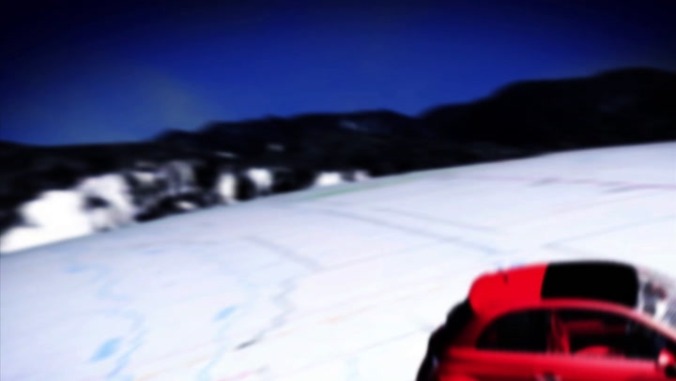“They had money to burn, and they paid a lot of people to work and for a lot of support and cooperation, and that was the reason why the city was so thrilled with it,” says the Chicago Film Office’s Rich Moskal, our guest for this segment.
Want to drive a car through municipal nerve center Daley Plaza? No problem. Need to drop a car from a helicopter a mile up in the air? Sure thing. Want to have raucous cast and crew parties? We’ll clean up your puke.
“The Blues Brothers is what prompted the city of Chicago to create a film office, just so that there would be one office that would better manage all of the mayhem they were trying to create,” Moskal says. “I mean, our job at the film office, frankly, is mostly about entertaining wacked-out ideas and trying to find a safe and reasonable way for that to happen in the same places where everybody else is living. It’s probably the best part of my job.”
Watching The Blues Brothers now, it’s amazing what Landis and company got away with. (We’re detecting a theme here.) But it was all in service to perhaps the all-time greatest Chicago film. It’s foolish to argue which movie boasts that title, but there’s no questioning The Blues Brothers’ bona fides: the music, the use of locations, the history, the ties the stars and crew had to Chicago. Beyond all the musicians who appeared in the film, star John Belushi was a local boy, having grown up in the suburb of Wheaton and come up at Chicago’s famed Second City comedy theater. Landis was also born in Chicago, though he grew up in L.A. There was a lot of personal investment in The Blues Brothers, and the city smartly capitalized on it.
“The buzz on the street was that ‘They’re making movies in Chicago now,’” Moskal says. “Nobody was considering that as something that would happen in Chicago on a regular basis. There were people in film school thinking, ‘I’m gonna have to move to Hollywood.’ I think it changed people’s mindsets in terms of what kind of opportunities were here, and that Chicago could host film production.”
All of the big setpieces and variety of locations in The Blues Brothers turned the film into a sort of demo reel for Chicago.
“The Blues Brothers opened people’s eyes to the adaptability of Chicago’s look as architecture. It can play a contemporary Chicago, it can play as period Chicago, it can play as Manhattan, it can play as a small town, and as a result, the storylines that have been coming to us have been just as diverse as Chicago’s looks.”
When Michael Bay took over the city last summer to shoot Transformers: Dark Of The Moon, he not only found a downtown landscape to destroy on screen, but he also found an apartment building on the South Side that could, improbably, double as Chernobyl.
So Chicagoans have The Blues Brothers to thank for Michael Bay? Well, we still love the movie anyway.
If you want a comprehensive map of Blues Brothers Chicago locations, look no further than Kevin Forsyth's page here. (It was definitely a help in putting together this piece.)

